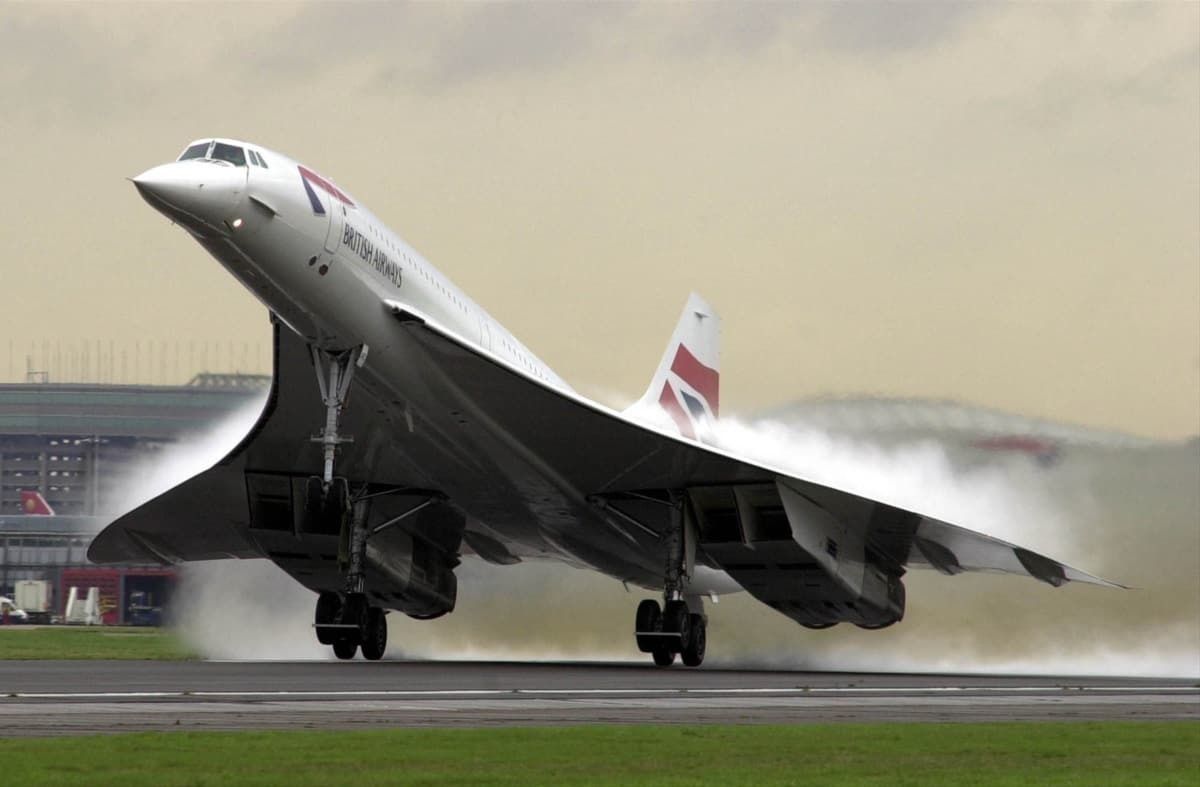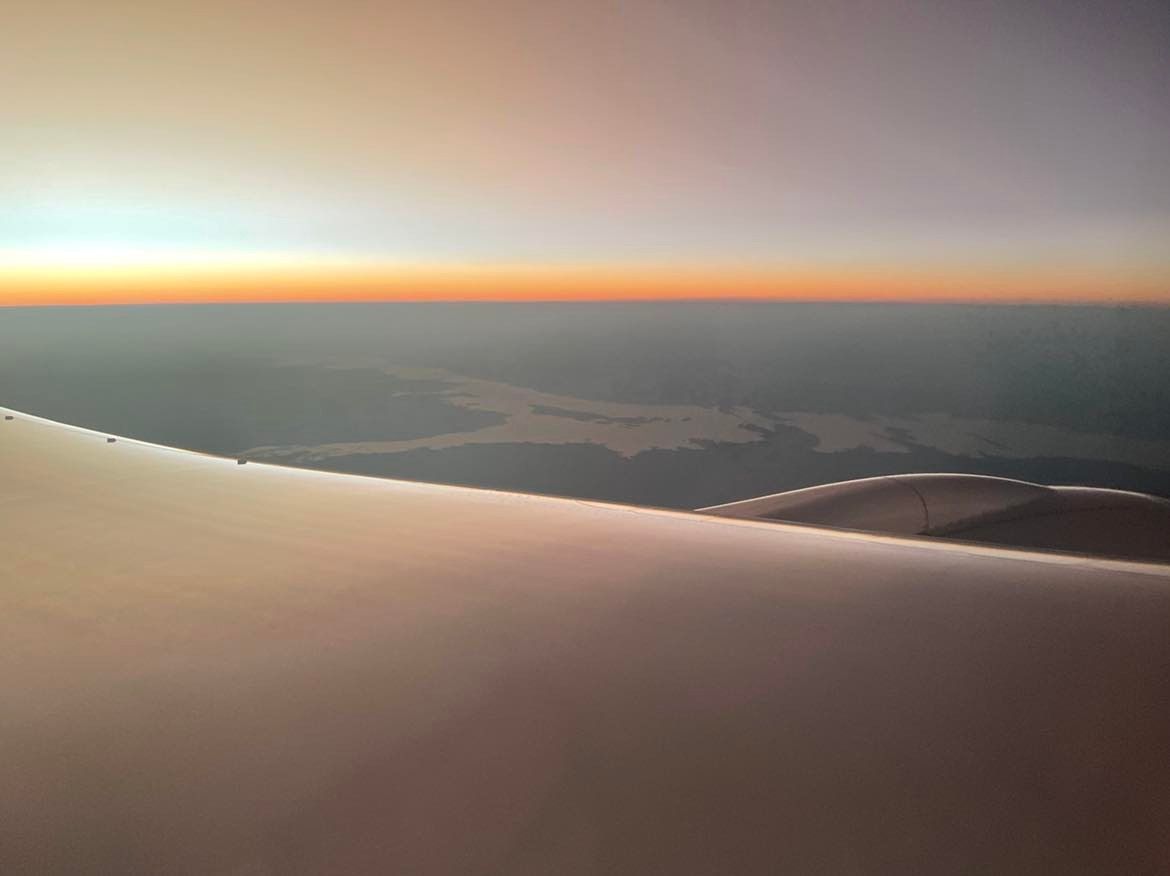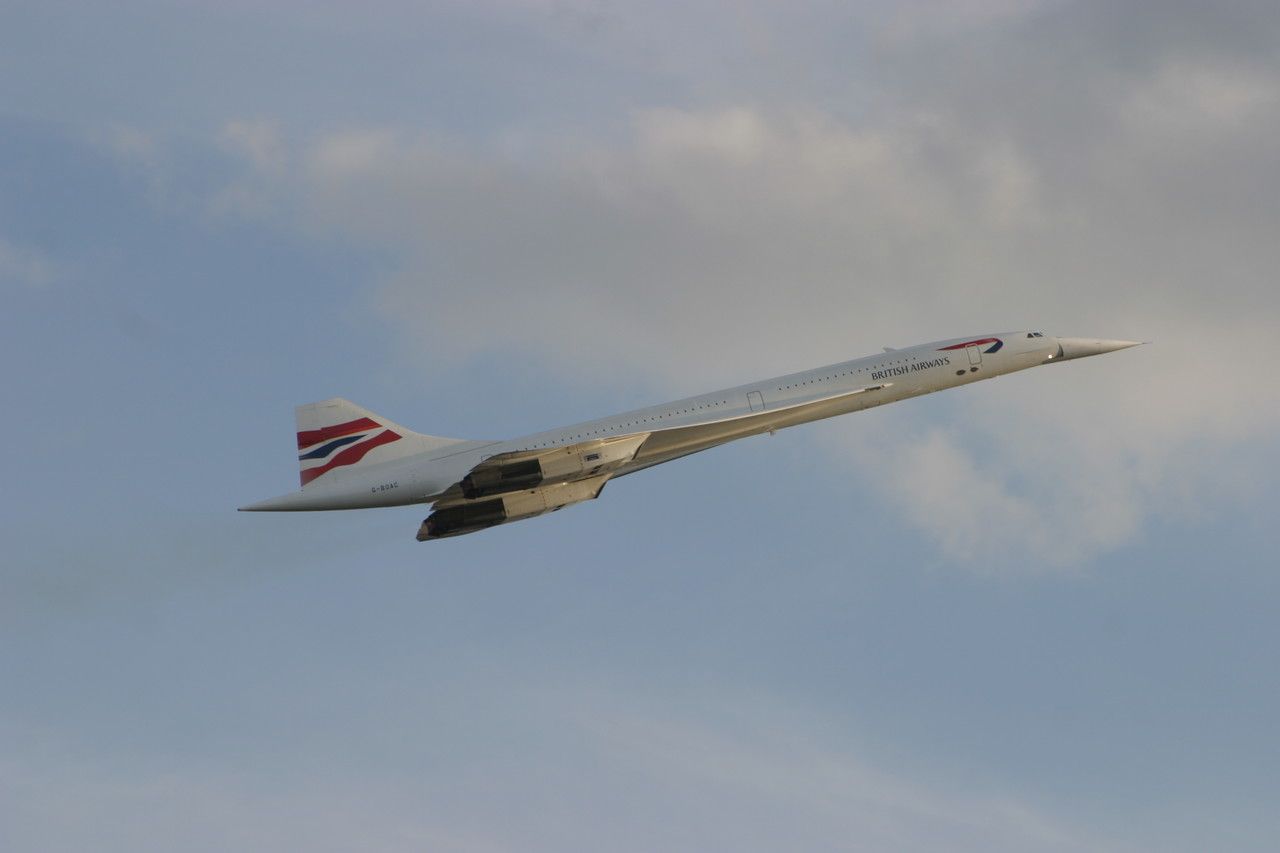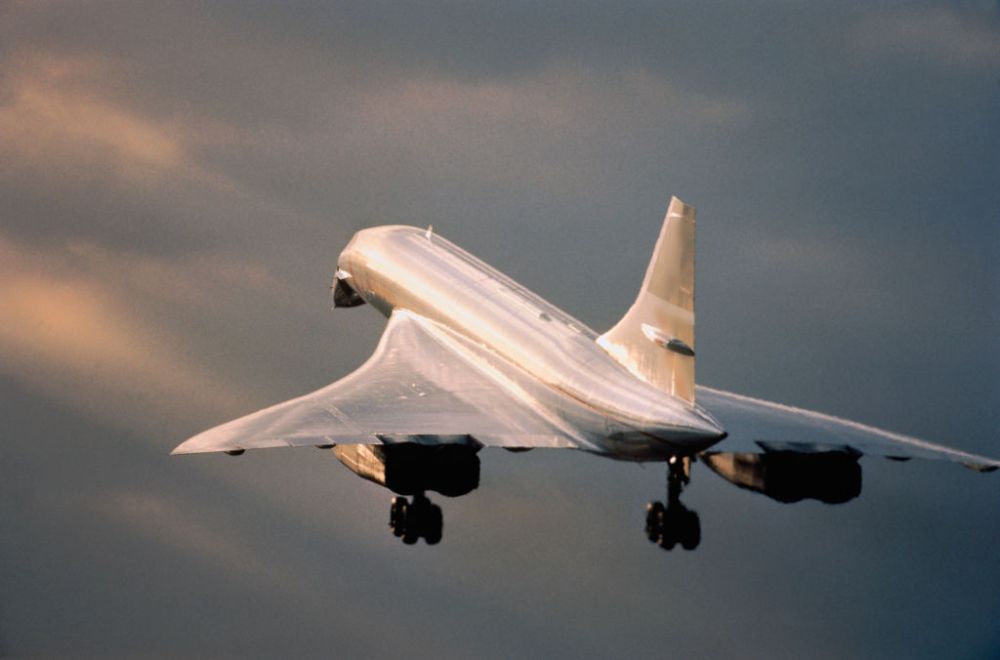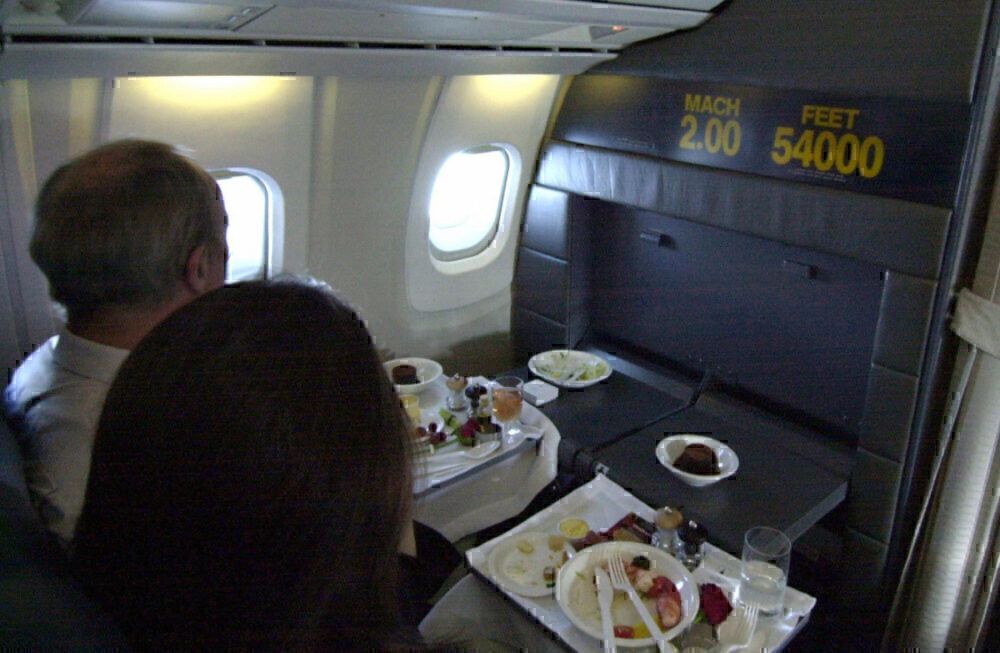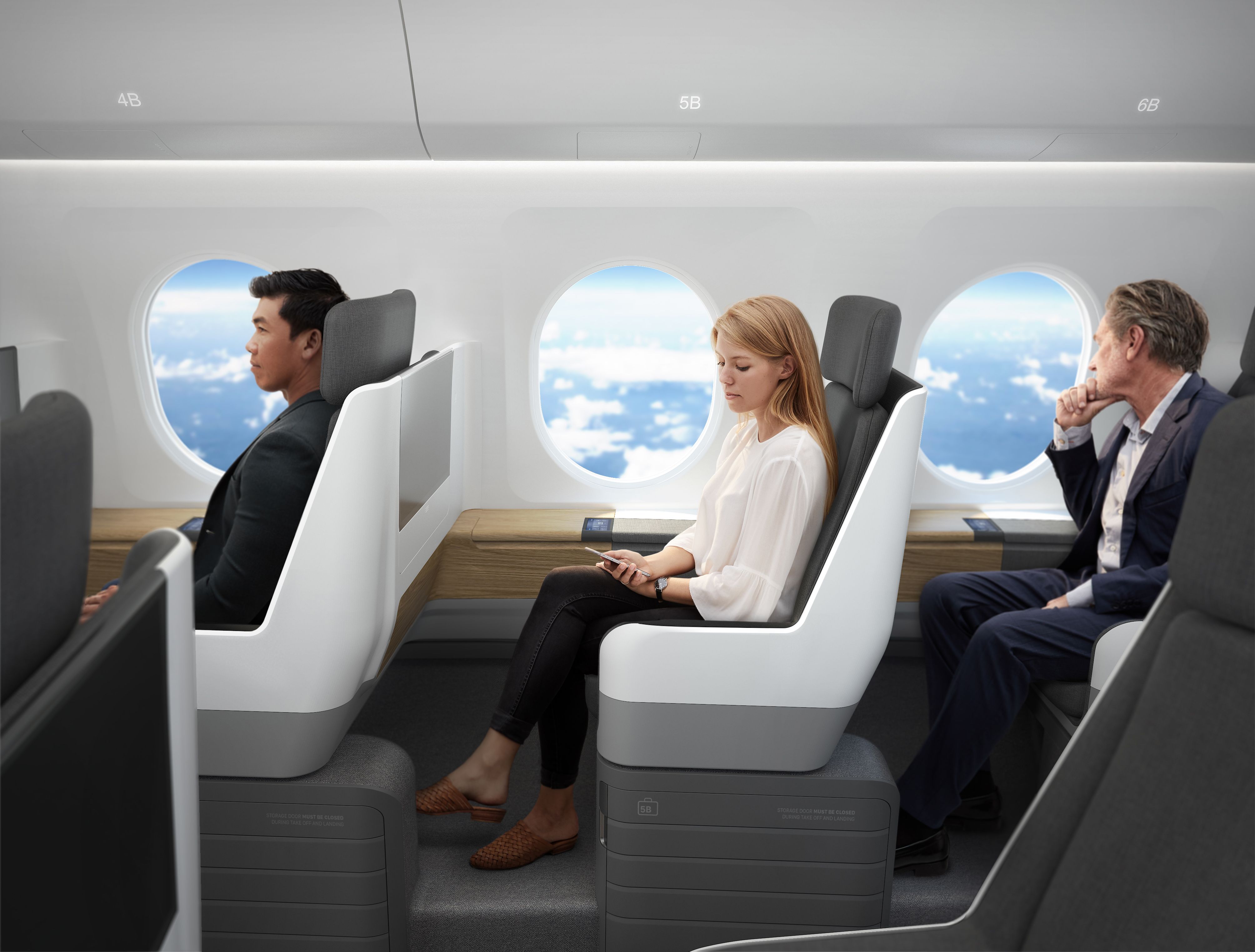Despite almost insurmountable evidence to the contrary, thousands of people truly believe that the Earth is flat. A survey by YouGov in 2018 showed that 2% of Americans resolutely believe in a flat Earth theory, while a further 12% are unsure.Fueled by viral videos and conspiracy theories, this centuries-old concept of the Earth not being spherical has seen a resurgence in recent years. It seems that no amount of satellite imagery, photos from Space, or scientific research can change the minds of some of these ‘Flat Earthers’.
One such reality-doubter, “Mad” Mike Hughes, built a steam-powered rocket in a bid to launch himself into space so he could prove his theory that the Earth is flat. Sadly for him, a malfunction of the rocket during the launch in February 2020 saw it come crashing to the ground, killing Mike instantly.
Had Mike been a passenger on Concorde, however, he could have disproved his theory without risking his life. Thanks to the high altitudes the supersonic airplane flew at, passengers would sometimes be able to view the curvature of the Earth from the windows, something that is usually out of reach of people on the ground.
Seeing the curvature of the Earth
From where we are on the ground, it’s pretty impossible to see that the Earth does, in fact, curve. A regular six foot (182 cm) person standing on the beach will be able to see around three miles (5 km) to the horizon. Ships sailing away from us will, eventually, disappear below the horizon, at approximately that distance.
Physics tells us that if you place the viewer a little higher, they’ll be able to see a bit further. For example, from the top of Mount Everest, which is 29,029 feet, or 8,848 meters tall, the horizon would be about 230 miles (370 km) away. That’s a good view, but it’s still not enough to see the curvature of the Earth.
A paper by David K Lynch published in Applied Optics in 2008 investigated the required height that an observer had to be in order to visually identify the curvature of the Earth. The author concluded,
“Visual daytime observations show that the minimum altitude at which curvature of the horizon can be detected is at or slightly below 35,000 ft, providing that the field of view is wide (60 degrees) and nearly cloud free.”
Most commercial airliners fly at around 35,000 feet, so we should all be able to see the curvature from our next international flight, right? The problem here is that the curvature is very slight, and from our tiny passenger windows, it’s almost impossible to see enough of the horizon to really identify the curve. Modern cameras and smartphones are also known to distort images towards the edge, so may not present us with an accurate reproduction.
But some airplanes fly much higher than this – in particular, Concorde.
Why did Concorde fly so high?
Concorde had a cruise height of 60,000 feet, but not for all of its journey. Although it spent a lot of time at 50,000 feet and higher, as it burned fuel and got lighter, it would climb even higher still.
The reason for this high-altitude flying was all about tradeoffs. For slower planes, flying that high would mean spending a lot of time ascending and then descending at the other end. Because Concorde was so fast, it could get to a higher altitude faster than a typical jet.
Normal passenger planes would also struggle to maintain thrust at such altitudes, with less air available for the engine to burn fuel. They tend to sit in the sweet spot between 35,000 and 40,000 feet, where efficiency is maximized for that plane type.
Concorde, on the other hand, had engines that could cope with thin air, and a body that required the absolute bare minimum of drag. Its delta wing configuration meant it was less reliant on wing lift to stay in the air than typical airliners, but that it could benefit greatly from flying through the less dense air found at higher altitudes.
There came added benefits to flying so high too, from less noise on the ground to an absence of other air traffic, meaning more direct flight paths. But could passengers actually see the curve of the Earth from this magnificent supersonic cruiser?
Could Concorde passengers see the horizon curve?
Flying at 60,000 ft, passengers onboard the Concorde reported seeing the horizon curve on average about 50% of the time. This is due to two reasons.
- The first is that the aircraft flew at just about the noticeable threshold for seeing the horizon curve. Many people would just not 'see' it. Think of it as a perception issue, rather than the plane not flying high enough.
- The aircraft windows were very small and did not let people see much of the horizon. From a single window, the horizon would not necessarily look curved. The pilots would have had a much better view.
A trip report from the British Airlines Concorde seems to support this theory that the curve was very gradual and almost unnoticeable.
"I can confirm that the flight was extremely smooth at our cruising altitude, and any signs of weather were thousands of feet down. At this high altitude, the sky was an intense indigo blue, and the view was truly remarkable. Looking out the window, one could make out the gradual curve of the Earth below, and it was even more evident when viewed from inside the cabin over the span of a few windows."
Sadly, there’s no way to test this theory today, as it’s been a very long time since any Concorde took to the skies. But there may soon be another opportunity to enjoy this fabulous view, from the next generation of mass supersonic transport…
The next 60,000 feet cruiser
Boom plans to roll out the world’s next supersonic passenger airplane by 2025, and it shall be called Overture. This Concorde-esque jet will also fly at the heady altitude of 60,000 feet, and will have a few more features designed to make your view of the Earth’s curve a little bit better.
Most notably, the Overture will feature enormous passenger windows. Boom has not yet revealed the exact size of these yet, but has promised they will be even bigger than the Dreamliners (currently the world’s largest on a passenger jet at 10.7 x 18.4 inches (27.2 x 46.7 cm).
With business class level seating and plenty of space to get up close to the window, this could be our next best opportunity to view the curving horizon from a plane.
Unless you’ve got the dough for one of those ‘space flights’?

